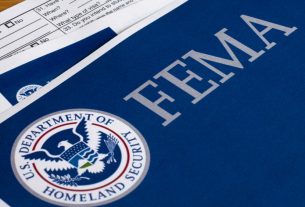Some time ago Google launched its program “Be great on the Internet,” where children are taught important issues of media literacy, such as privacy, data protection and healthy behavior online, among other things.
Today the company announced that it added new activities to this program that have to do with the detection of false news (or fake news). To the section “Do not fall for traps” of the PDF guide, two new sections have been added that address the issue of misinformation.
The first, in name, Is that really true? Helps children ask themselves and assess the credibility of the sources. The objective is to identify if the tools they use to inform themselves have credibility, to understand that if a source offers truthful information about a topic, it is not necessarily credible about others, as well as that it is advisable to read multiple sources.
The second activity, Detect online misinformation, helps to identify if a source of news or information is misleading. This section has exercises to detect fake Internet addresses that could be passed through a verified medium. It also invites the children to review the headings to know if they try to manipulate the user to convince him of the information.
Both activities are in addition to others that address issues such as phishing and bots. The content has been developed in collaboration with experts in the field, such as Anne Collier, executive director of The Net Safety Collaborative, and Faith Rogow, co-author of the Teacher’s Guide to Media Literacy and co-founder of the association of the same name.
Google says that tools and resources are needed to help children make the most of technology and that media literacy is the best way because it is essential for security and citizenship in the digital age. The company has created a “Be cool on the Internet” guide that is available in several languages, including Spanish.
It is worth mentioning that the new activities are not yet reflected in the Spanish version of the PDF guide. The document in English has been updated with the six activities. However, the version in our language only has four that do not address the issue of false news.




